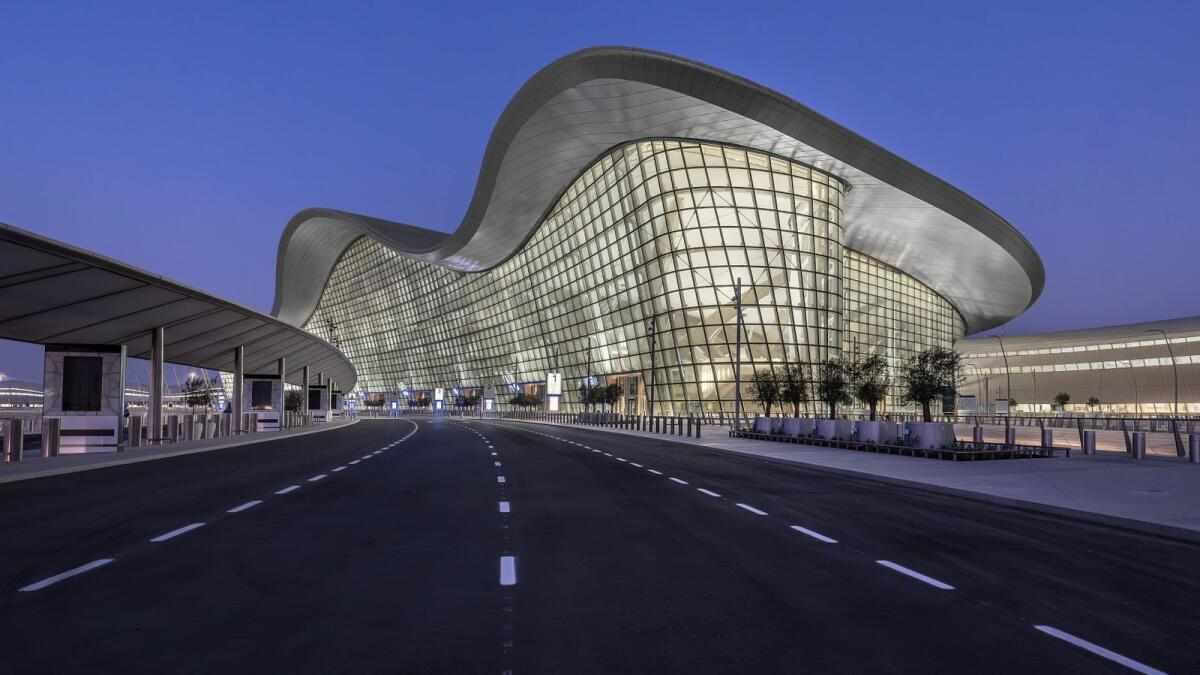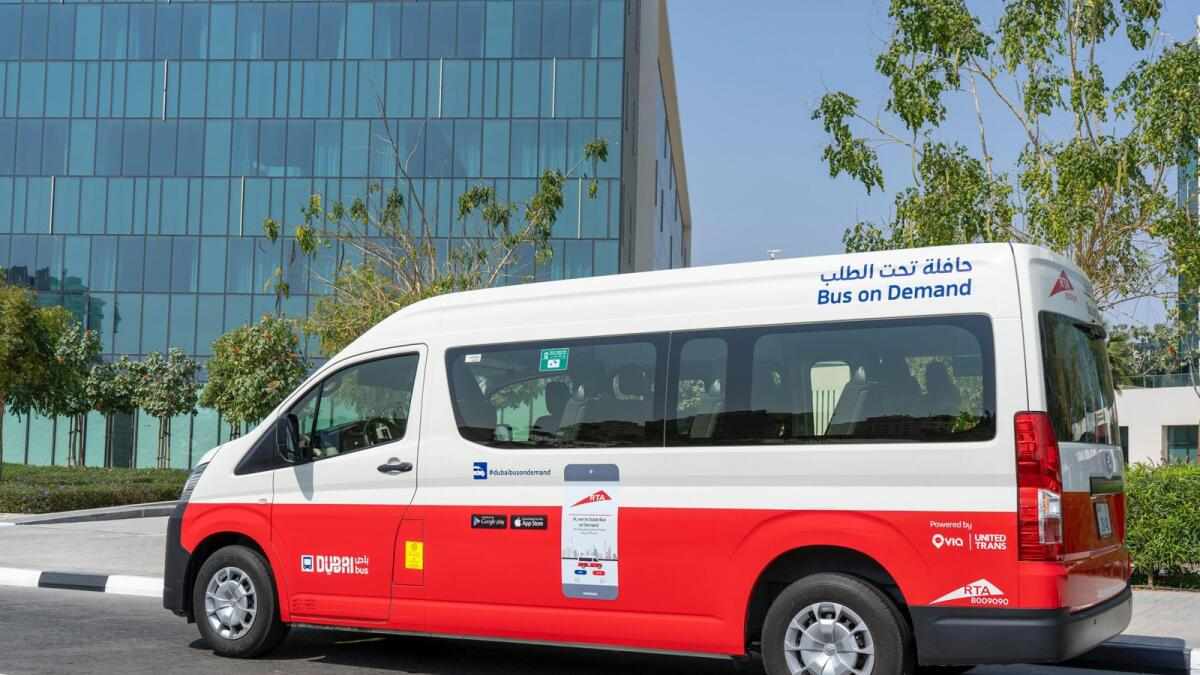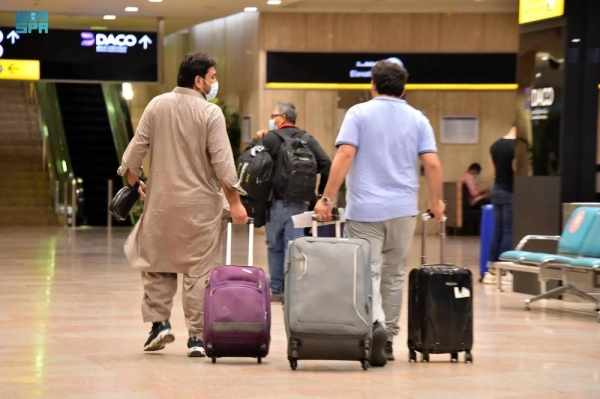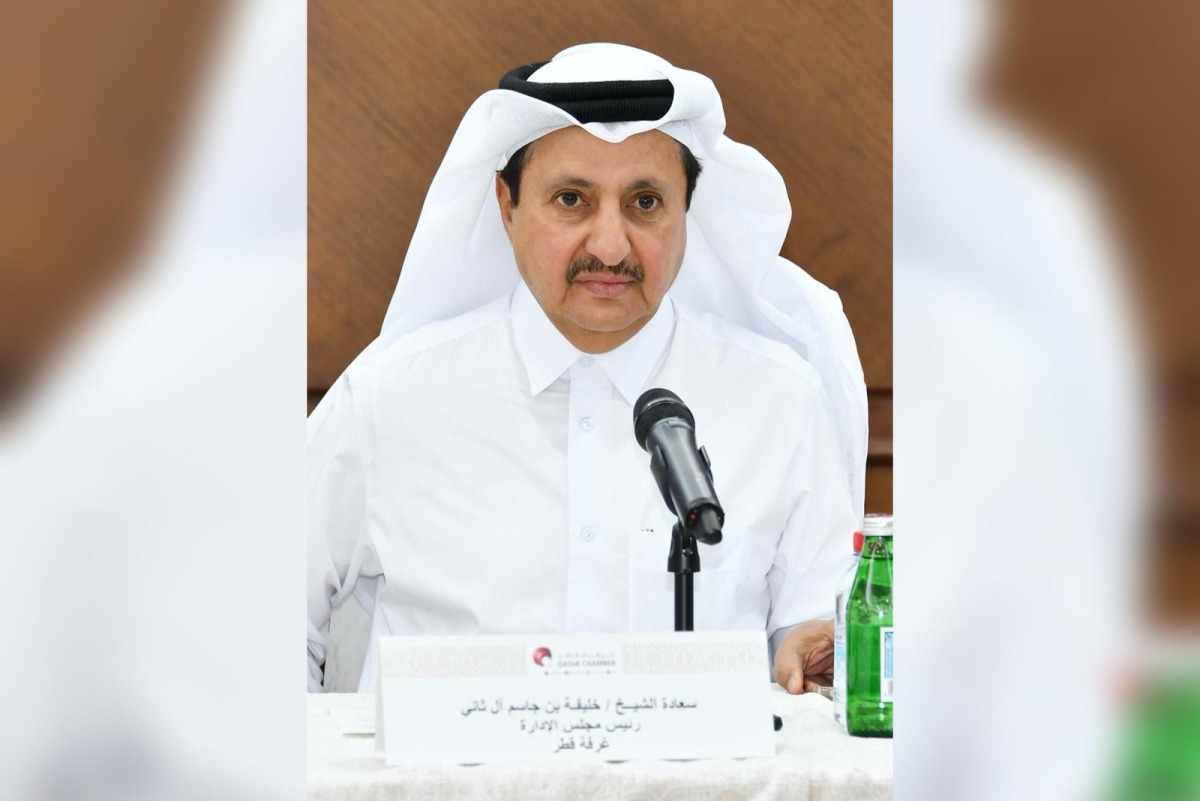Fragmented terminal model poses a challenge to airlines, may impair Indiaâs emergence as a hub
Fragmented terminal model poses a challenge to airlines, may impair Indiaâs emergence as a hub
India needs an integrated airport terminal model for both domestic and international flights in an era that has made code-share agreements between overseas and domestic airlines all too common.
October 20, 2021 / 12:15 PM IST
On Wednesday, October 20, Mumbai’s Chhatrapati Shivaji Maharaj International Airport was to restart operations at its Terminal 1 (T1). In July, Delhi’s Indira Gandhi International Airport restarted operations at T2 as traffic started returning in the aftermath of the two waves of the COVID-19 pandemic. On October 31, 2021, American Airlines will launch flights to New Delhi in a code-share agreement with IndiGo.
Yet, Indian airport infrastructure has one peculiar problem that will be act as an inhibitor to India’s emergence as an aviation hub — fragmented operations across terminals for domestic and international flights.
Flashback
For years, India only had two major airline gateways — Mumbai and Delhi. At both, international and domestic flight operations were separated across terminals. When Delhi commissioned T3 and Mumbai made T2 operational, it was the first time that full service carriers (FSCs) operated at a single terminal. Low cost carriers (LCCs) had not started flying on International routes in 2010 when T3 was inaugurated at























